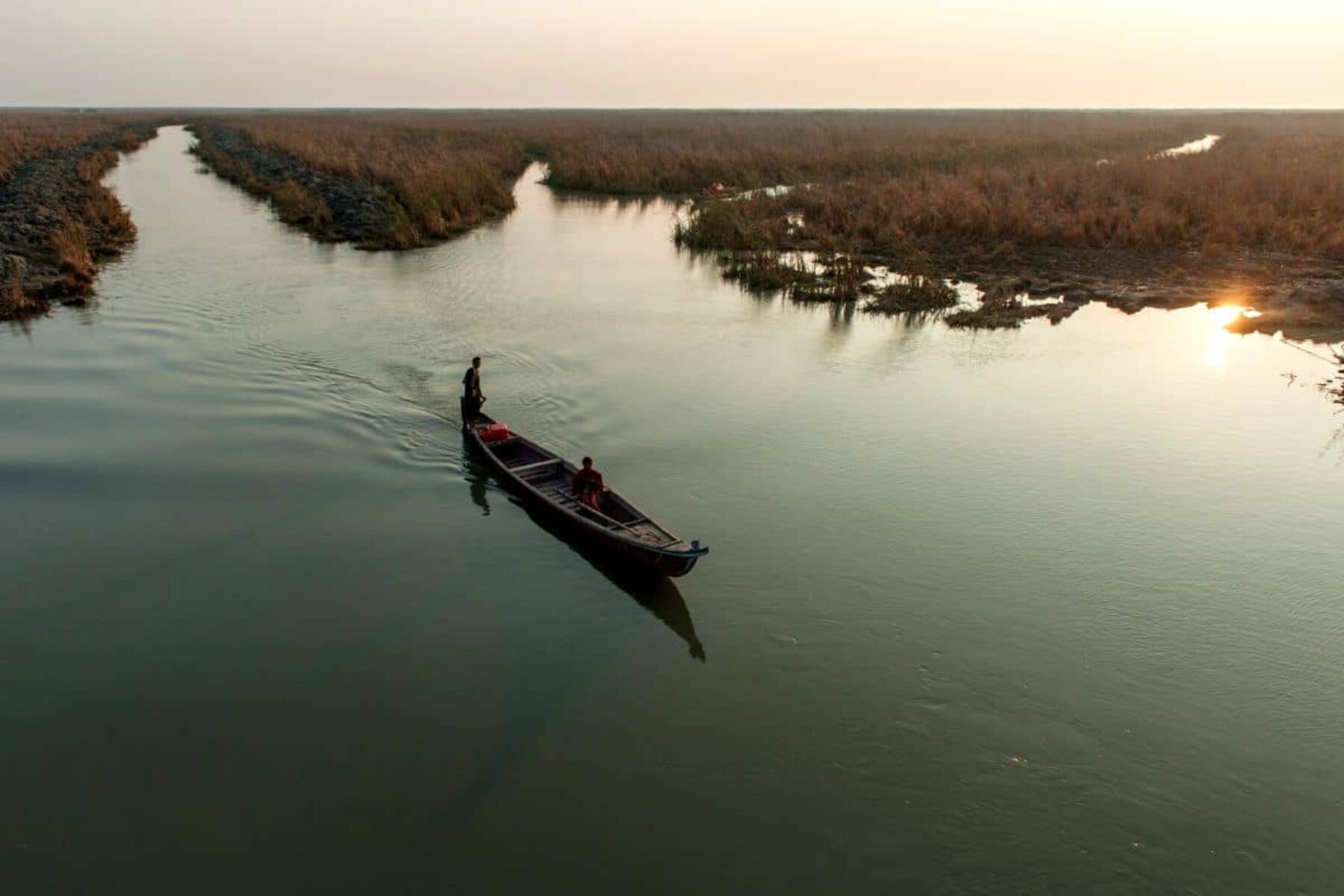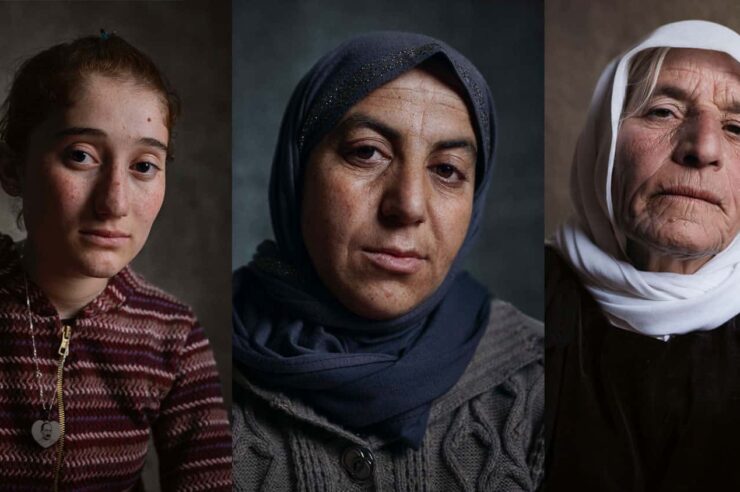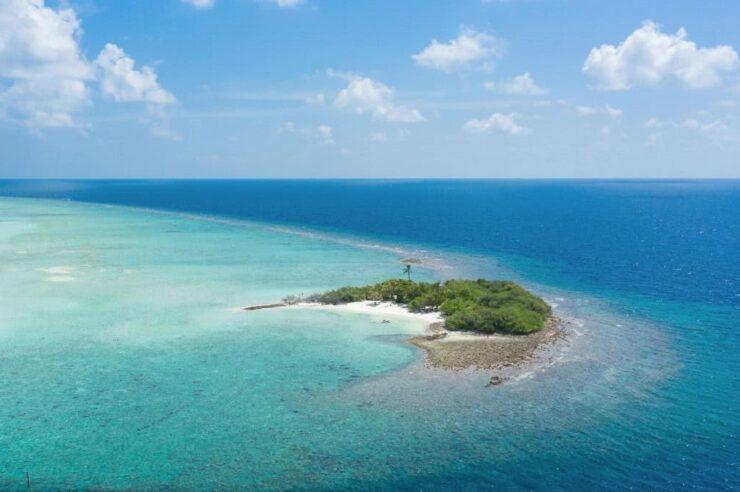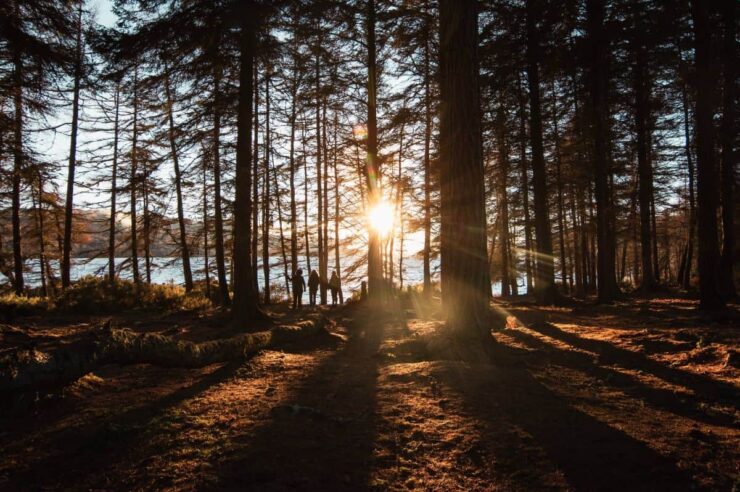Once declared a major ecological disaster, restoration and rainfall have brought life – both human and animal – flooding back to Iraq’s Mesopotamian Marshes
With his faded baseball cap pulled down firmly on his head, Razaq Nasser Saber smiles as he silently punts his narrow boat through a wide waterway lined with dense reed beds, away from the crowded town of Chibayish and deeper into Iraq’s Mesopotamian Marshes.
Water buffalo stand half-submerged among the reeds, contentedly chewing on vegetation. Reflected in the water is a flock of white birds, flying above. “Over the last two years they’ve all come back,” says Saber. “The birds have returned and the fishermen don’t have to travel as far to find fish.”
The recovery of the environment Saber is punting his boat through is one that, 20 years ago, many experts thought impossible. Before the 1990s, these marshlands spanned as much as 20,000 sq km, where the Euphrates and Tigris rivers divide into a network of tributaries heading south to the Arabian Sea.
The unique ecosystem was home to a range of fish and birdlife, as well as the Ma’dan, an indigenous people also known as the Marsh Arabs, who have lived on the land for some 5,000 years. But after the uprisings against Saddam Hussein in 1991, the president stepped up a campaign to drain the marshes of water, destroying the wildlife’s habitat and forcing the Ma’dan people to leave.
By 2001, the wetlands were just 7 per cent of their original size, according to a United Nations Environment Agency report, turning most of the region into a salt-encrusted desert wasteland. At the time, many conservationists said that destroying the marshes, which act as a giant carbon sink, was an irreversible environmental crime. The United Nations described the draining of the Mesopotamian Marshes as a “tragic human and environmental catastrophe” – on a par with the deforestation of the Amazon rainforest.
Following the 2003 US invasion of Iraq, many of the embankments and drainage works that were created by Saddam were dismantled under the newly formed administration, and the marshes began to refill. After 17 years, wildlife is now returning and the lives of those who those call the wetlands home have started to improve.
“The reflooding of the marshes is a great example of Iraq rising from the ashes of destruction,” says Azzam Alwash, the founder and CEO of Nature Iraq, a local NGO that has helped to spearhead the restoration of Iraq’s marshes. “If you see pictures of the marshlands after they had been drained and compare it to how they look now – this strange, verdant water world in the middle of the desert – you can’t help but be amazed how wonderful and robust nature is.”
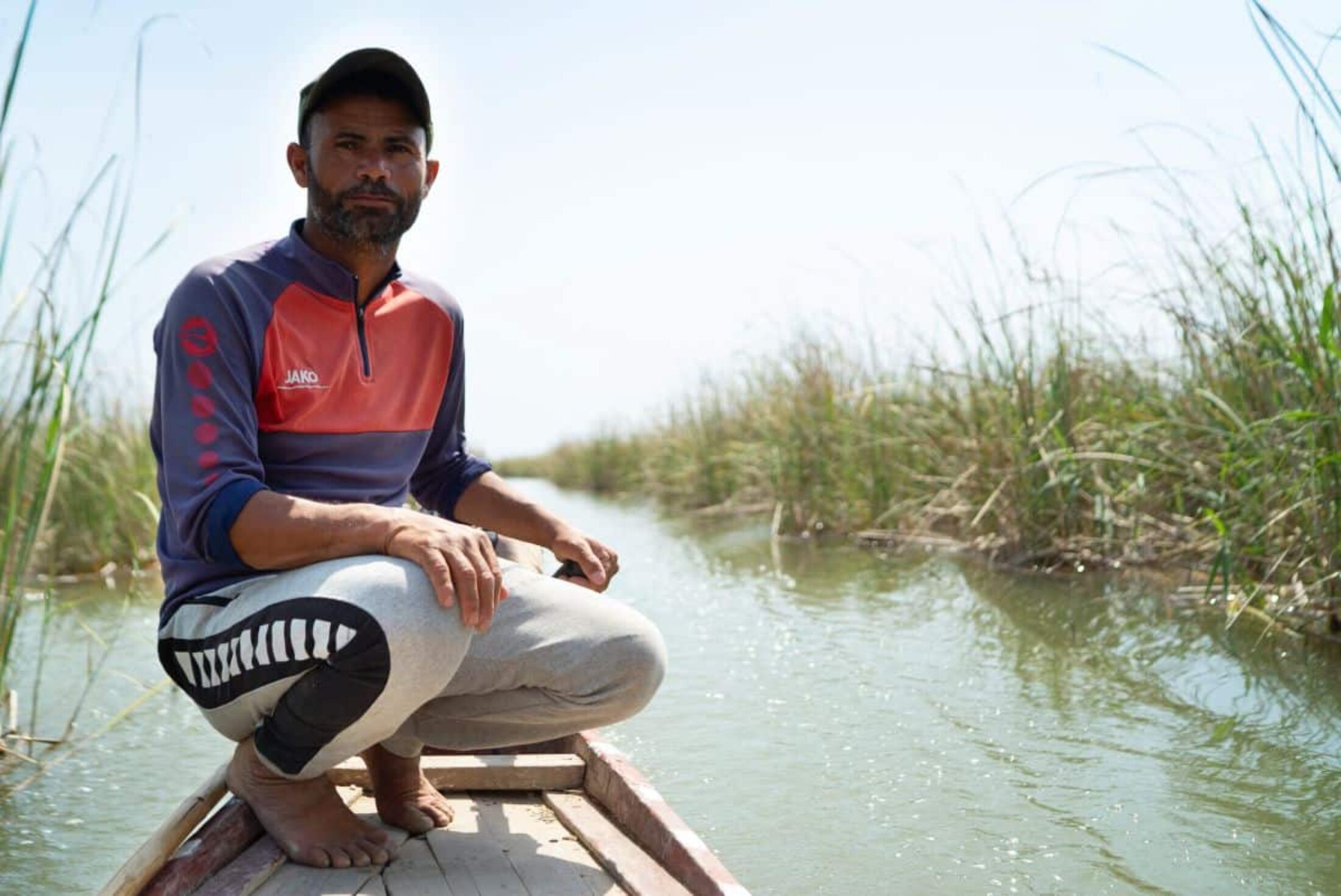
Razaq Nasser Saber steers his boat through reeds on the Mesopotamian Marshes. Image: Wil Crisp
Increased water flow from Turkey via the Tigris and Euphrates rivers, combined with heavy rainfall in the region, has led to the highest water levels the marshes have seen since 2003 – at 1.9m deep in the centre. More water means reduced salinity, which has in turn prompted a surge in biodiversity. The marbled teal duck, listed as a threatened species by the International Union for Conservation of Nature, has thrived in the marshes over recent years, as have other birds including the endangered Basra reed warbler and native Iraq babbler.
Over the last two years, the population of binni, a brownish-gold fish that is highly prized by the Ma’dan, has boomed in the marshes. “For the first time in decades we are seeing large binni, weighing 3-4kg, frequently caught by the fishermen,” says Jassim Al-Asadi, the managing director of the Chibayish office of Nature Iraq. There is also hope for the imminent return of gattan, a native fish similar to the carp that can grow to weigh as much as 10kg and is currently rarely seen in the marshes.
With wildlife returning to the area in high numbers, the Ma’dan people have been able to move back to the region and resume a traditional way of life, which involves fishing, harvesting reeds and breeding water buffalo. Since 2003, more than 250,000 Ma’dan people have returned, some of whom were previously living in camps for internally displaced people.
The reflooding of the marshes is a great example of Iraq rising from the ashes of destruction
Saber, a Ma’dan himself, owns six water buffalo. As he makes his way through the marshes, he eyes the beasts grazing nearby with a professional eye. “As the water quality has improved, our water buffalo are healthier and the quality of their milk is better,” he explains.
For years, Saber’s buffalo had suffered from a multitude of health problems, including skin diseases and high blood pressure, which reduced the quality and volume of the milk they produced. “Our buffalo don’t need herders,” says Saber. “They go out alone in the morning to spend time in the marshes and they return alone before sunset. That’s the way it’s always been.”
Not everything has remained the same for the Ma’dan, however. Most who have returned to the region from cities and camps have eschewed the traditional floating reed huts as homes, instead moving into nearby towns and villages, where they have electricity as well as easy access to healthcare and education for their children.
The population of the town of Chibayish has since surged from around 7,000 in 2003 to more than 70,000 today. Fishermen have started using more modern equipment as well – and not always with the environment in mind. Many have swapped their punting poles for noisy outboard motors and some choose to fish using electrodes rather than traditional fishing nets. The illegal devices, which are powered by car batteries, indiscriminately electrocute all fish and insects within a 5 metre radius, damaging the delicate ecosystem of the marshes.
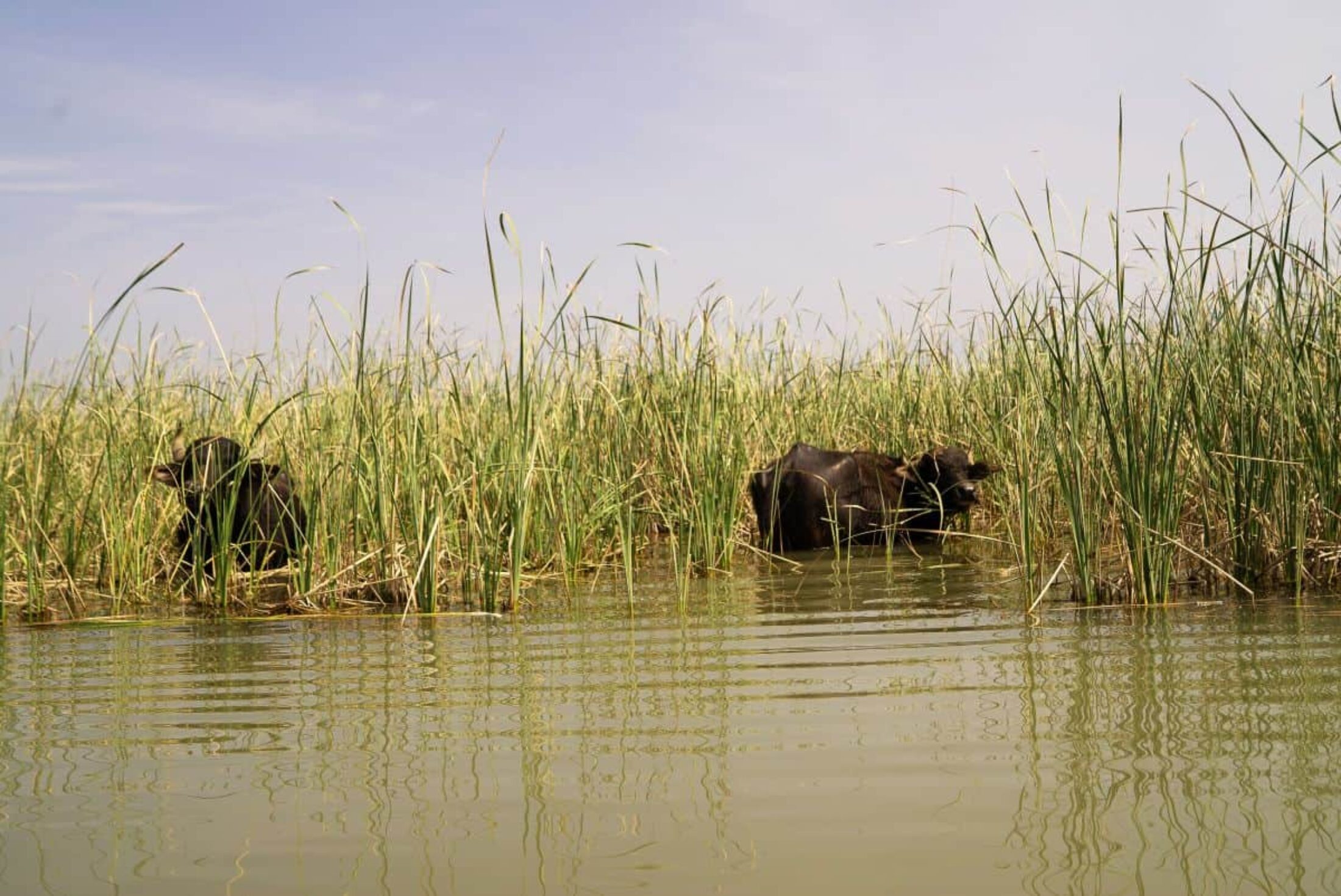
As the water quality of the marshes has improved, so has the health of the buffalo that graze here. Image: Wil Crisp
“Electricity fishing is a problem in the area,” says Saber. “New technology does not always bring positive outcomes and the existing laws are difficult to enforce.”
Though the marshes are healthier now than they have been for decades, their fate remains precarious. While the water levels have been rising since the end of 2018, that follows four years of drought and a shortage flowing in from neighbouring Turkey and Iran. At the height of the drought in 2015, the water level in the central marshes was reduced to just 0.5 metres.
Over recent decades, Turkey has embarked on an unprecedented dam-building spree, constructing at least 34 dams on the Euphrates and Tigris rivers and their tributaries, which allows Turkish officials to strictly regulate how much water leaves the country.
Additionally, in 2009, Iranian authorities completed a 56km soil embankment on the border with Iraq, through the middle of the Hawizeh marshes, which significantly reduced the flow of water into the Iraqi portion of the marshes. “The marshes are not dying anymore,” says Alwash. “But we are still striving for a better environment and the truth is that the marsh ecosystem is extremely fragile.”
The marshes are not dying anymore, but the marsh ecosystem is extremely fragile
The populations of Turkey, Iran and Iraq are all growing rapidly, increasing the demand for water in the region. “By the year 2050, we will have 80 million Iraqis; water bankruptcy is coming unless we manage our water resources properly,” says Alwash. He believes that the future of Iraq’s marshes is likely to depend on brokering a water-sharing deal with the governments of Iran and Turkey.
Back on the marshes, Saber ties up his boat next to half a dozen other punts on an earth embankment close to the giant silver dome of the Chibayish Martyrs Monument, a huge structure that can be seen from 20km away and was originally dedicated to the many thousands of Ma’dan people who were killed by Saddam.
Briefly, he joins a group of several buffalo breeders, who are talking and smoking next to the road, before setting off on the walk back to his home in the town. “Yes, the future is uncertain,” he says. “But I’ve been dealing with uncertainty all my life. Everything from wars, to terrorism, to displacement and economic hardship. At the moment, I feel more optimistic than I have done for years.”
For Saber, like many other Iraqis in the region, the recent recovery of the marshes is a rare and unexpected source of hope in a country that has seen decades of destruction.
Main image: Getty
